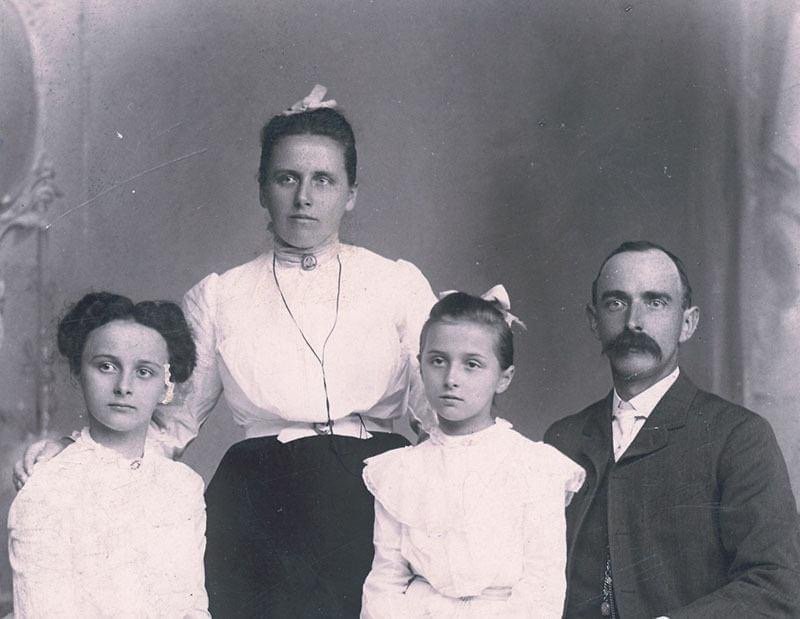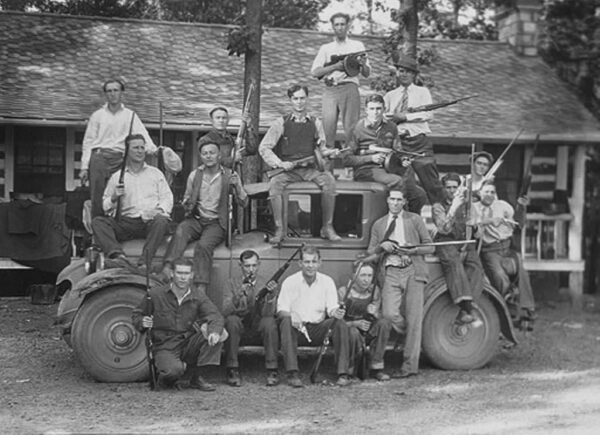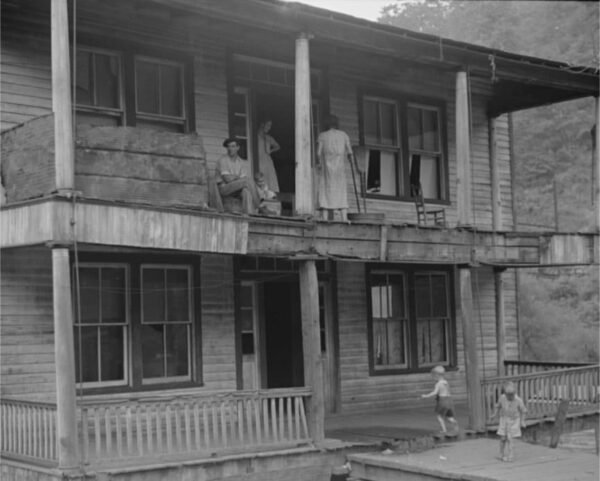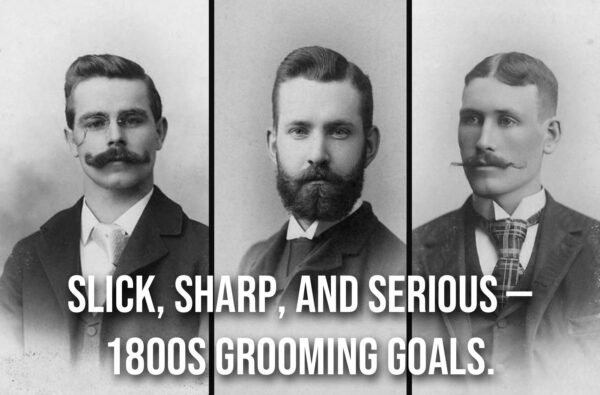The sepia-toned images from the past evoke a sense of nostalgia and curiosity about the expressions worn by our ancestors. One notable feature stands out: the solemn and serious faces of the people captured in old photographs. The absence of smiles in these pictures has intrigued generations of historians and photography enthusiasts. In this article, we delve into the reasons behind this phenomenon, shedding light on the cultural, technical, and social factors that contributed to the lack of smiles in early photography.

Cultural Norms and Portraiture Styles
In the 19th and early 20th centuries, portrait photography was a formal and revered tradition. Individuals sought to present themselves with dignity and respectability, particularly when capturing portraits that would be cherished for generations. As a result, people adopted more serious and composed expressions, avoiding overt displays of emotions like smiling, which were considered inappropriate for formal occasions.
Long Exposure Times: A Barrier to Smiles
In the early days of photography, the technology and equipment were not as advanced as they are today. Exposure times for capturing an image were significantly longer, ranging from several seconds to minutes. Maintaining a smile for such extended periods was not only physically taxing but also challenging for both the photographer and the subject. Hence, individuals often opted for a more comfortable and relaxed expression.
Dental Health and Aesthetics
Dental care and cosmetic dentistry were not as readily available or advanced in the past compared to today’s standards. Many people suffered from dental issues, such as tooth decay, missing teeth, and discoloration. Smiling openly in photographs could draw attention to these dental imperfections, prompting individuals to avoid smiling or keeping their mouths closed during photography sessions.
Preserving the Serious Moments of Life
In the early days of photography, the process was regarded as a significant event, and photographs were taken on momentous occasions, such as weddings, funerals, and other milestones. These images were intended to capture and preserve the gravity of these moments, and smiling may have been perceived as inappropriate or disrespectful during such solemn occasions.

The Evolution of Smiling in Photography
As photography technology evolved and became more accessible, exposure times shortened, making it easier for subjects to hold a smile during a portrait session. Additionally, shifting cultural norms and a desire to capture natural expressions led to an increasing prevalence of smiles in photographs over time.
The serious and stoic expressions seen in old photos were a product of their time, influenced by cultural norms, technical limitations, and the desire to present oneself with dignity and formality. As photography technology progressed and societal attitudes shifted, smiles gradually found their way into photographs, capturing the genuine joy and happiness of people throughout history. While the lack of smiles in old photos may appear somber to us today, it reminds us of the evolution of photography and the diverse cultural nuances that have shaped the art of capturing moments through the ages.
As an Amazon Associate we earn from qualifying purchases through some links in our articles.




